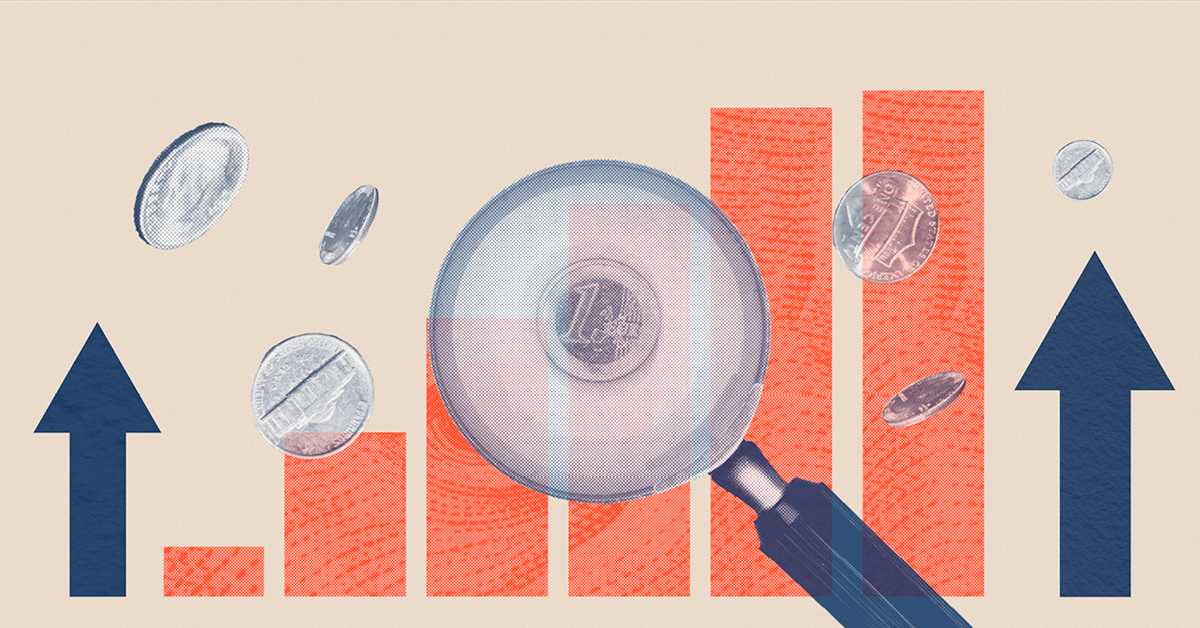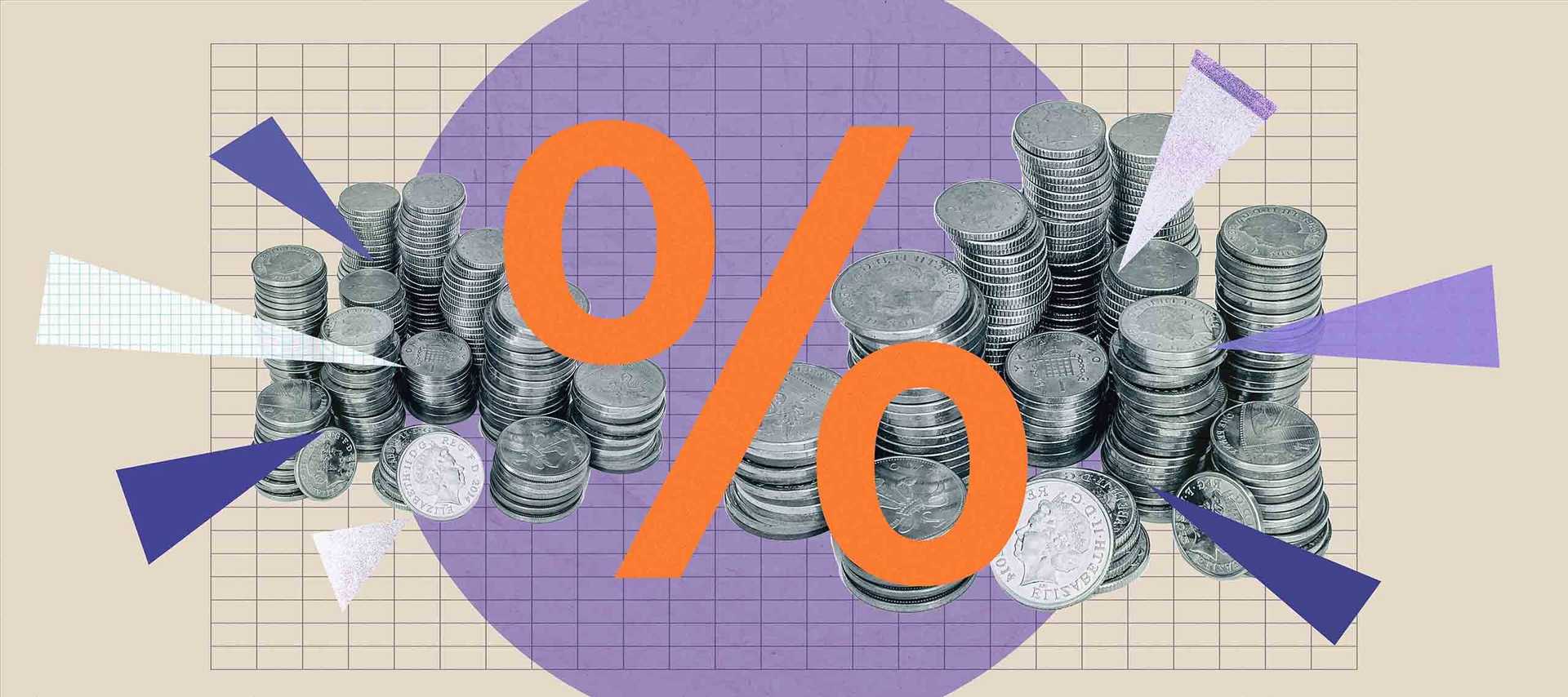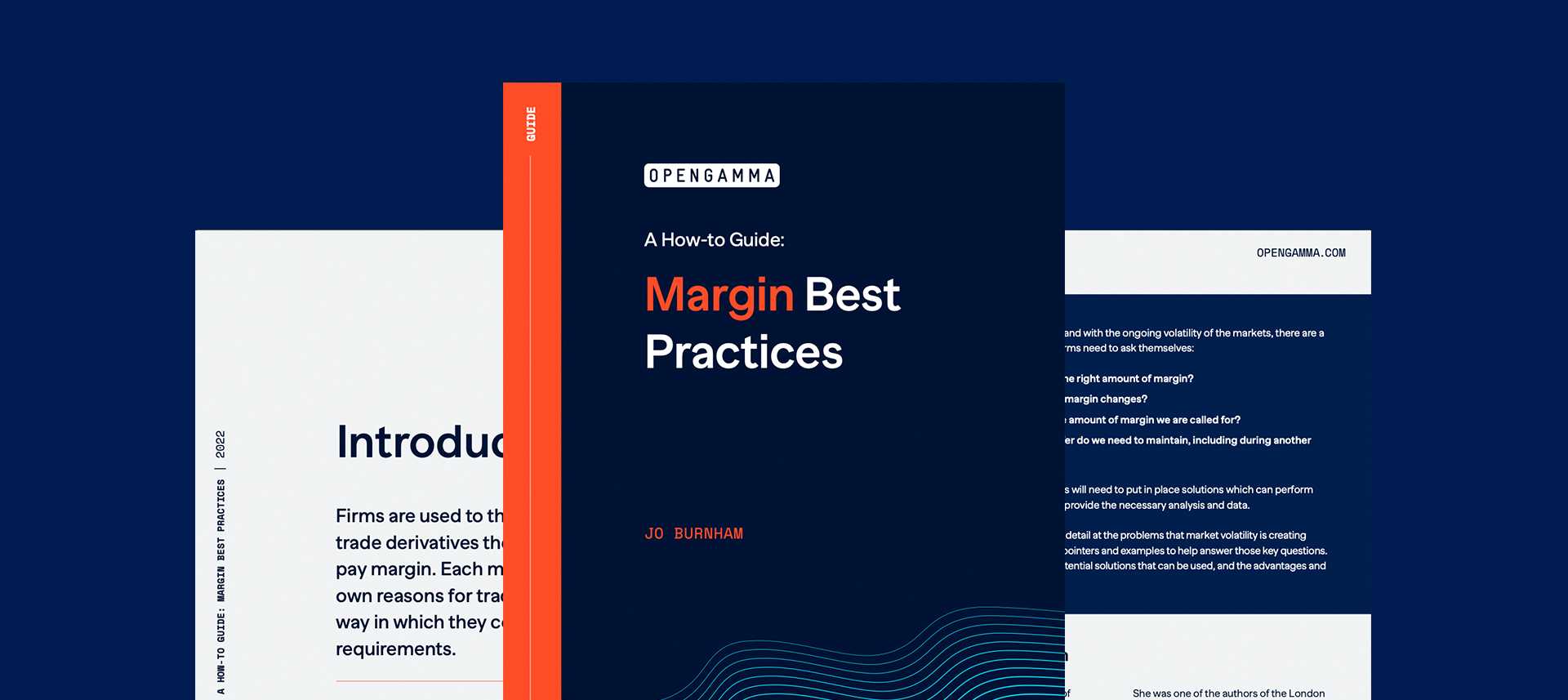Reassessment Of Stress Scenarios and the Impact On Margin
Most margin algorithms incorporate stress scenarios in some way, They are used as an additional market risk measure to put a lower bound on margin levels in order to avoid procyclicality (in English they make sure that margin is high enough so that you don’t need to raise it in times of high volatility and make things worse).
There has been a lot of volatility recently and plenty of examples of large price moves related to Covid. And this will have caused CCPs to review their stress scenarios and add in any relevant new ones.
And the CCPs aren’t the only ones who have been conducting this analysis. ISDA have also taken the opportunity to recalibrate the parameters used in the SIMM model for UMR.
The Impact On Margin Requirements
The important question though is what difference will this have made to margin requirements. The answer depends on whether it is the stress component or the VaR component that is driving the margin requirement. We decided to take a snapshot of a few representative portfolios and look at the difference in the margin before and after the parameter changes.
We looked at three different OTC IRS portfolios at a single CCP. They had warned users that they were updating their stress scenarios and that they were likely to lead to an increase in margins. It is possible that other CCPs might not be as helpful, and that parameters could be updated leading to an unexpected change in margin requirements.
The first portfolio that we considered included a mixture of sensitivities across the whole interest rate curve and multiple currencies. The margin increase following the change in scenarios was 6%.
The second portfolio contained just short data positions, with most sensitivity around the 2 year point. Here the increase in margin was only 4%. However, it is interesting to note that for this position the margin had previously been driven by the FHS VaR component of the margin, but following the update it was the stress component which determined the final value calculated. In fact, the value of the stress component increased by 53%.
The final portfolio consisted of long dated trades with most of the sensitivity concentrated around the 30 year point. Here the margin increase was 29%. For any firms with a similar position this would be a significant change which could cause funding issues and require the level of risk to be adjusted to stay within agreed limits.
The new version of SIMM based on the recalibration of the parameters is called SIMM 2.4 and this has been the production version since December 4th. We looked at the impact of this version based on three different mixed portfolios across multiple risk classes.
The increase in the margin requirement was fairly consistent across all of the portfolios. It ranged between 7% and 9%. Although this was not as large as some of the changes we saw in the CCP margin, it is still a significant increase and could have the potential to bring some portfolios closer to the $50M regulatory threshold sooner than expected.
Conclusion
It can be seen that the recalibration of margin algorithms to include Covid stress scenarios has had a material effect on the margin requirements for a range of portfolios. Whilst for some the impact is relatively small, a margin change of nearly 30% for particular portfolios could cause significant issues.
These changes show the impact that market volatility can have on the level of margin calculated. And it should be noted that as these are stress scenarios they will stay within the margin algorithms for the long term as a lower limit on the level of margin requirement.




